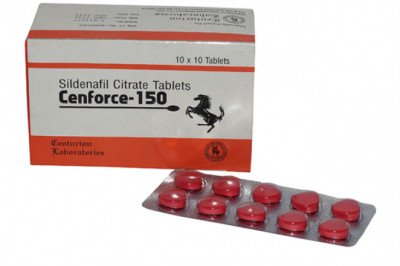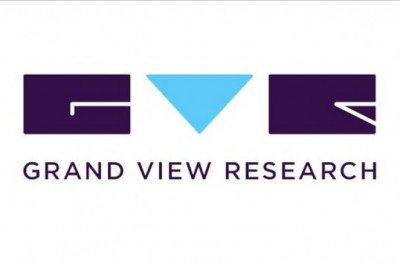views
Prescriptive Analytics can assist clinicians in making their clinical care delivery to the population they manage more successful, improving patient satisfaction and retention in the process. By merging information from in-facility care episodes and home-based telehealth, providers can improve population health management for risk stratified populations.
Additionally, Prescriptive Analytics can help healthcare providers better plan for future capital investments like new facilities and equipment utilization as well as understand the trade-offs between adding more beds and expanding an existing facility by combining operational and usage data with data from external factors like economic data, population demographic trends, and population health trends.
By identifying patient groups that are most ideal for clinical trials worldwide — individuals who are anticipated to be compliant and won't drop out of the study due to difficulties — Prescriptive Analytics can assist pharmaceutical companies in hastening the development of their drugs. Businesses can use analytics to determine how much time and money they can save by selecting one patient cohort in a certain nation over another.
By obtaining a thorough picture of future treatment consumption, providers can strengthen their negotiating position with health insurance during provider-payer negotiations. The ability of providers to precisely forecast utilization also allows for better staffing.












Comments
0 comment